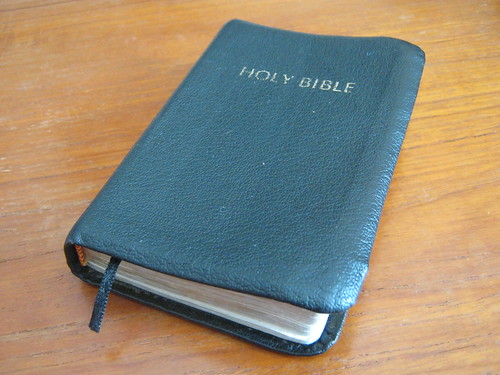Eight years, 10 months and 5 days after I started out on the cultural trek that resulted in my writing a book about America’s fascination with the Ten Commandments, Set in Stone comes into the world. I never imagined this project would take as long as it did.
From past experience, I was keenly aware that book-making takes time and patience. Even so, in working on this particular project I felt one with my forebears, the ancient Israelites wandering around the desert with no end insight. Would I ever reach my destination? Or, more to the plaintive point, why was this taking so long?
I could point an accusatory finger at the intrusions at the outside world, at least for starters. Aging parents and their subsequent deaths in quick succession, coupled with a new academic position, replete with administrative responsibilities, diverted me from my appointed rounds. These challenges demanded my immediate attention to the exclusion of all else. The Ten Commandments would have to wait.
But that was just the half of it. Writing about the ancient dos and don’ts, let alone coming up with something new to say about them, turned out to be a daunting enterprise -- far more than I bargained for. Calling for the patience of a Job and the mental agility of a Sherlock Holmes -- and I was neither -- it entailed sifting through a voluminous and varied body of material: texts upon texts, paintings and poster art, comic books and court cases, music and film.
Having abundant material on which to draw was a mixed blessing. It wasn’t so much a matter of competing voices, though that certainly slowed things down, as it was the absence of a clear through-line. Discerning a pattern, an argument, a claim about these biblical passages and their tenacious hold on the American imagination eluded me.
Sure, I could have taken the curatorial high road, showcasing the Ten Commandments of this and that and the third thing. But I was writing a book, not mounting an exhibition, even one with the potential to be lively and engaging. I was in need of a narrative.
To be continued….




